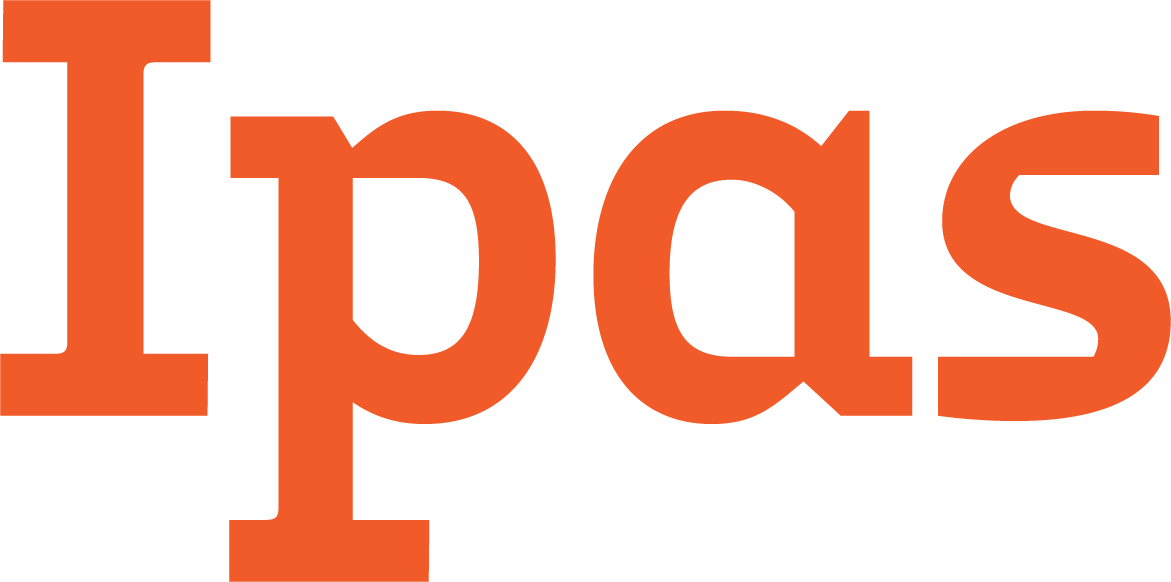A new article by researchers from Ipas and Advancing New Standards in Reproductive Health (ANSIRH) at the University of California, San Francisco (UCSF), lays out a regulatory pathway for medical abortion to be made available without a prescription. The paper, which identifies the evidence needed to determine whether women can safely access non-prescription medical abortion, also suggests that the drugs meet many of the standards of the U.S. Food and Drug Administration (FDA) for over-the-counter sale.
Medical abortion gives women the option to take pills to have an abortion instead of having a surgical procedure. The process, which allows women to have their abortion at home, involves the use of two medications—mifepristone and misoprostol—to terminate a pregnancy up to 10 weeks gestation. The safety and efficacy of medication abortion—and women’s ability to use it independently after receiving the drugs and instructions for use—have been proven by previous research.
“In many countries, women are already safely using these medications on their own,” says study co-author Dr. Daniel Grossman, the director of ANSIRH at UCSF. “It’s time to study this methodically and start building the evidence base for making medication abortion available without a prescription.”
The study, published in BJOG: An International Journal of Obstetrics and Gynaecology, sought to answer the question: Would the mifepristone-misoprostol regimen for medical abortion at 10 weeks gestation and earlier meet the FDA’s regulatory criteria for over-the-counter approval, and if not, what are the present research gaps? The researchers find that, while additional research is needed, the preliminary evidence is encouraging.
“Answering the key research questions this study proposes would help women’s health organizations and advocates make the case for access to safe, legal medical abortion outside the health clinic setting,” says Ipas’s Dr. Nathalie Kapp, lead author of the study. “By exploring these topics, researchers can contribute to progress on this important reproductive health option for women in the United States and around the world.”
3 key studies needed
For a medication to qualify for FDA over-the-counter status, a series of studies must demonstrate that consumers can appropriately and safely use it without medical supervision. The study found the following to be critical evidence still needed to demonstrate women’s appropriate use of medical abortion without a health provider’s supervision:
- Label comprehension study: This would require development and testing of a product label that women can understand, including instructions on how to use the medication, who should not use the medication, and when to seek care from a medical professional.
- Self-selection study: This would determine whether women can use the label to assess on their own if the medication is appropriate for them, which would primarily depend on determining if the pregnancy is less than 10 weeks gestation.
- Actual use study: This would indicate how women translate the label information into correct or incorrect use of the medications, including demonstration of how they self-manage the abortion process, as well as any side effects or complications. The critical step for safely self-using medical abortion is understanding and demonstrating when to seek medical care, both for signs and symptoms of ongoing pregnancy and for complications such as bleeding and infection.
Research with global implications
“We used the FDA’s regulatory framework to explore what evidence would be needed to build a case for women’s safe self-use of medical abortion, but the findings are relevant globally,” Kapp explains.
Currently, in places where abortion is legal, many women eligible for medical abortion are unable to obtain it for reasons such as living far from a health clinic that provides such services, inability to afford the clinic visit, or fearing judgment and ridicule for visiting a clinic that provides abortions.
Plus, as the study notes, non-traditional access to medical abortion is expanding. In places where abortion is illegal or greatly restricted, women obtain medical abortion drugs from pharmacies, the Internet, medicine sellers and back channels and use them independently without any medical supervision.
Note: In settings where mifepristone is not available, women may safely use misoprostol alone for medical abortion, but a misoprostol-only regimen is less effective and routine follow-up with a health provider afterward is recommended (it is not for the combined mifepristone-misoprostol regimen). For these reasons, the study’s authors focused on just the combined regimen.
For more information, contact [email protected]

